Building the Connected Factory
September 24, 2015 11:05 am
Connected Factory is the vision of a manufacturing environment where every machine is able to communicate with all other machines and devices across the plant floor and other remote locations
The proliferation of mobile technology over the past decade has resulted in unprecedented connectivity in our personal and professional lives, and factory operations are no exception. Automated factory networks can self-configure, self-regulate and collect data from networked devices to help determine efficiency improvements. This concept is known as the “Connected Factory” (or “Industry 4.0” and “Industrial Internet of Things”). Manufacturers can take advantage of new tools and practices to make it a reality, often using current assets.
While many global manufacturers are eager to realise the benefits of the Connected Factory, such as reduced operational costs and better visibility and control, it is unrealistic and cost-prohibitive to construct green-field facilities or “rip-and-replace” legacy equipment. Plant managers are better off leveraging industrially-fluent communications devices and protocol conversion software to adapt the systems that have served them well for years in order to create modern, real-time reporting and control systems.
But bringing the factory into the 21st century involves more than just connecting devices to Ethernet and wireless networks. The fundamentals of a successful Connected Factory must be prepared to ensure information can be accessed, monitored and controlled from anywhere. To begin this process, manufacturers must do three things:• Enable communication between devices• Rethink operational efficiencies so more devices can talk to each other• Provide a secure, seamless platform for device communication.
Communication is the keyDrives, sensors, panel meters and other factory floor equipment are built to last years – even decades. Trouble is they often communicate via proprietary protocols that commonly use RS232/422/485 serial cables. While these serial protocols are efficient and were often written for a specific application, many of these applications never included 24/7 monitoring across TCP/IP networks. In order to bring these devices into the Connected Factory paradigm, an organisation’s engineers must first ensure that the devices can communicate with the other equipment on the factory floor. Companies looking to connect devices from disparate manufacturers can now choose advanced HMIs, protocol converters and other automation products that natively speak different protocols. These industrial products enable devices to communicate regardless of physical medium and offer industrial fluency and multi-protocol support.
Operational efficienciesOperational efficiencies can be accomplished in a number of ways, one of which is using data collected from sensor points along a manufacturing line to minimise waste and downtime. Connecting devices allows communication and data exchange across the factory floor to improve output. This enables organisations to make data actionable by using visual management to collect, record and display critical Key Performance Indicator (KPI) and Andon messages. Displaying this critical performance data in real time helps to drive productivity and increase throughput. The Connected Factory is not limited to connecting, communicating and monitoring within a factory. This concept can also be extended to include the supply and distribution chain to present a comprehensive view of the entire operation.
Secure communicationsFactory security has traditionally meant security through isolation. If nothing is connected to factory equipment, a company rarely has to worry about unauthorised access. Connection-free factories are few and far between as more organisations are evaluating total cost of ownership to remain competitive in today’s global economy.
As organisations embrace the Connected Factory, security can be addressed through careful network planning and use of IP address best practices. Routers can be deployed within a network to limit network traffic to specific types of traffic or to specific users. The use of NAT (Network Address Translation) is another technique that helps obscure devices on a network from inbound access.
Finally, VPN appliances also make factory-to-factory communication secure by creating virtual “tunnels” that transmit sensitive data.
Looking aheadThe efficiency of the Connected Factory model isn’t derived from the sheer volume of connections, but from more valuable connections, and the competitive edge gained by harmonious dialogue between devices and humans. Seamless communication with operators, control systems and software applications, combined with practical networking options and support for native features and protocols, delivers exponential meaning to data extracted from industrial devices. These capabilities can take automation and remote management to new levels, thereby making the Connected Factory a reality. With the thoughtful integration of supporting components that are designed specifically for this goal, the ability to connect, monitor and control will drive productivity and operational efficiencies well into the future.
Authored by__
Mike Granby, Red Lion Controls.
Mike Granby is President of Red Lion Controls. As the global experts in communication, monitoring and control for industrial automation and networking, Red Lion has been delivering innovative solutions for over 40 years. Its award-winning technology enables companies worldwide to gain real-time data visibility that drives productivity. With headquarters in York, Pennsylvania, the company has offices across the Americas, Asia-Pacific and Europe.
Cookie Consent
We use cookies to personalize your experience. By continuing to visit this website you agree to our Terms & Conditions, Privacy Policy and Cookie Policy.




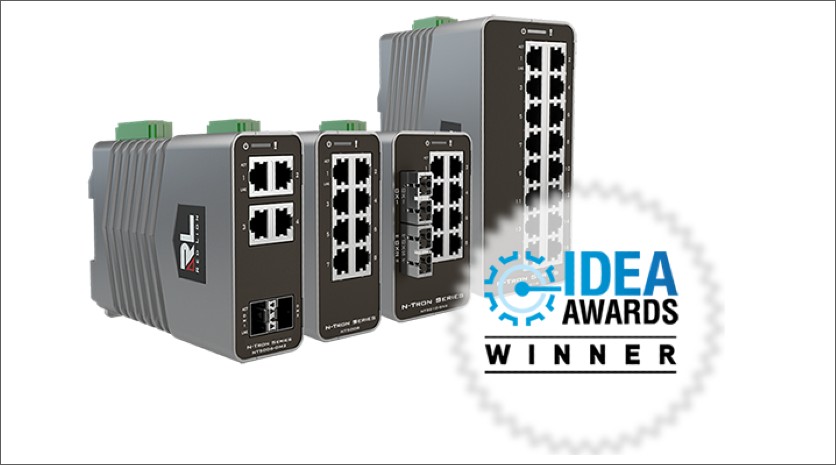
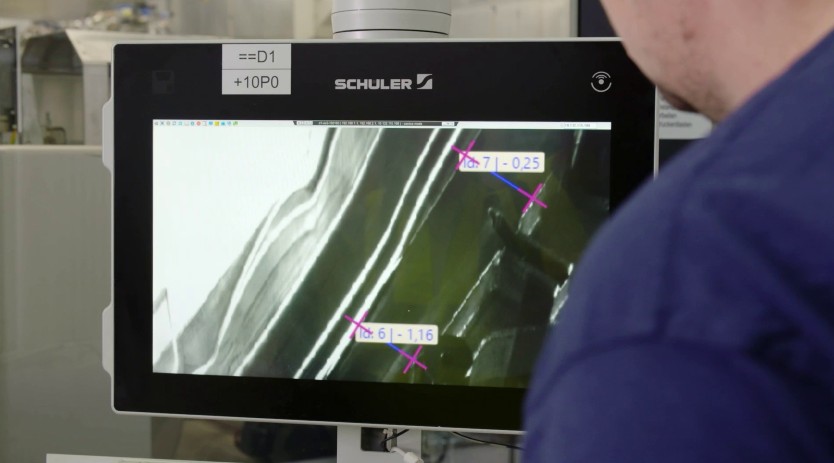
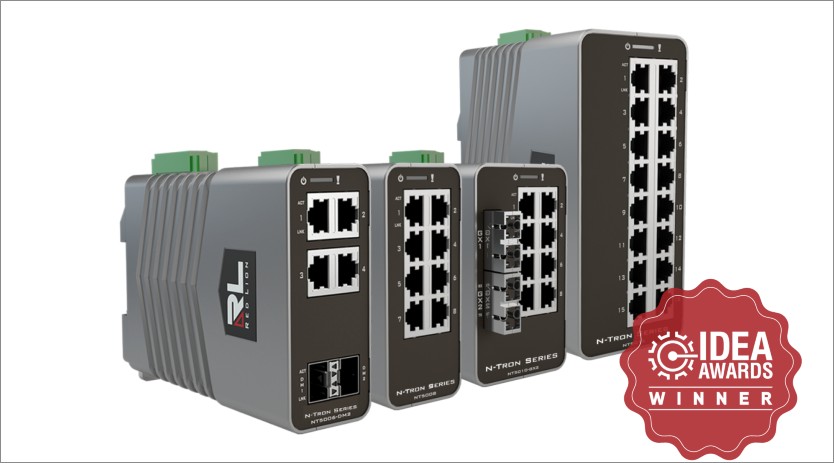

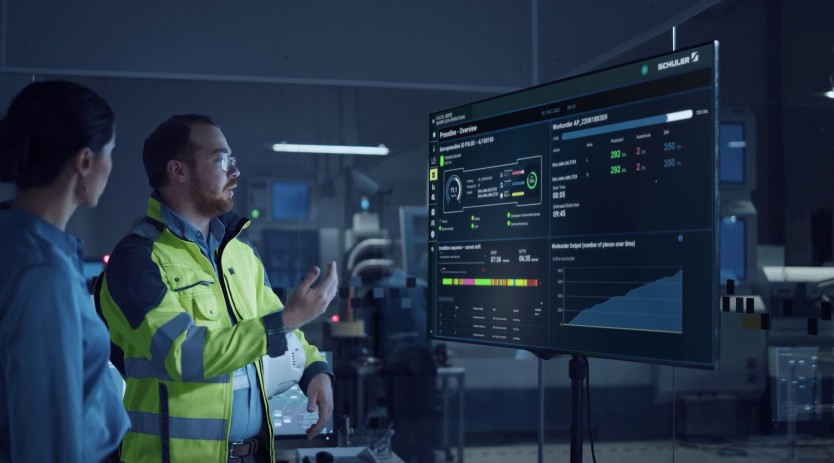
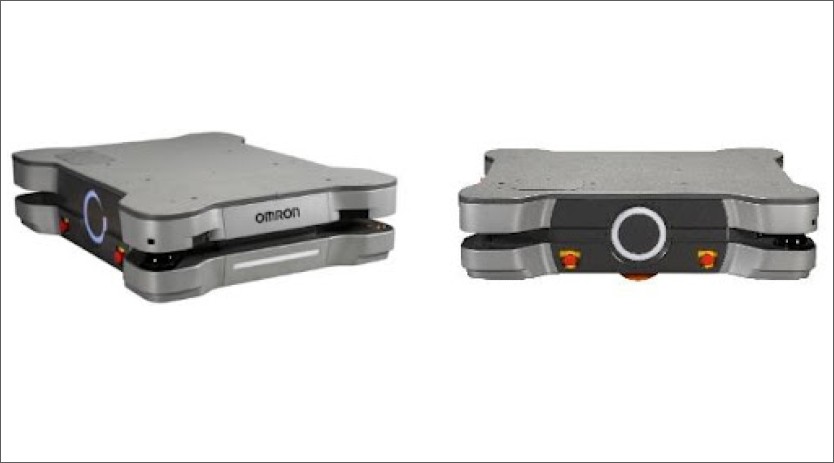
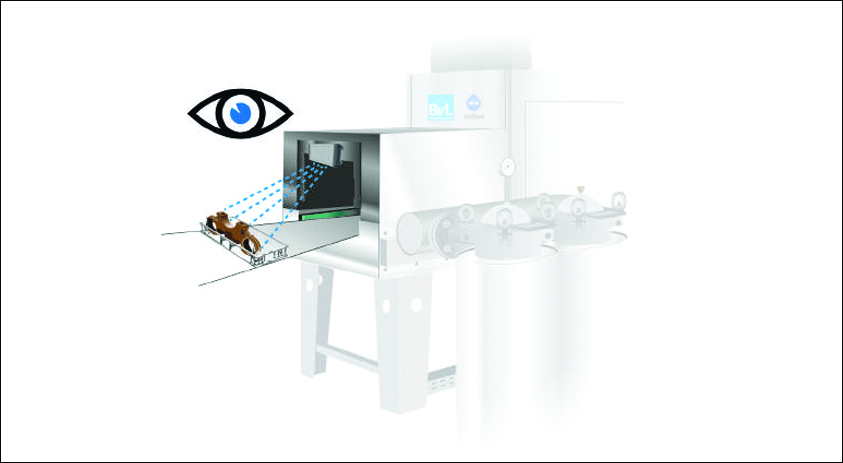






 English
English Hindi
Hindi